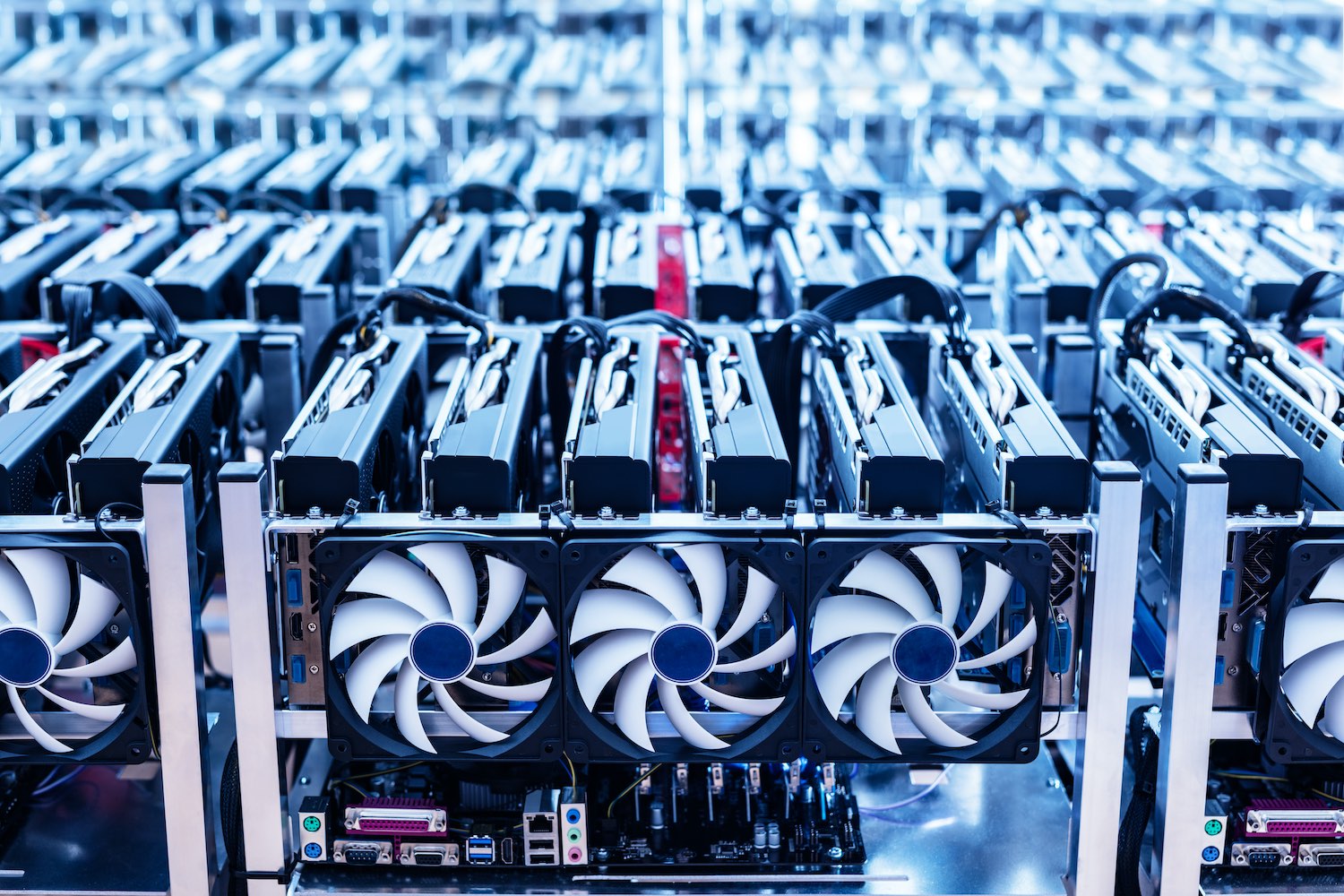Exactly what is Bitcoin mining?
Bitcoin’s decentralized nature means that it broadcasts transactions to peer-to-peer networks. Once broadcast, the transaction needs to be verified, so as to ensure that the transaction is valid before it is recorded on the public transaction database, called the Bitcoin blockchain.
Bitcoin miners are mainly responsible for verifying and processing transactions on the Bitcoin blockchain before recording them.
Transaction fees will then be rewarded to miners in the form of new Bitcoins.
What role does mining play in the actual mining process?
New transactions are added to the Bitcoin exchange using computers and while computers will find it relatively simple to complete the verification process, the process will become more difficult as computer power and processing speed increases.
The challenge is getting Bitcoin users throughout the world to agree on one version of the transaction, which is referred to as “proof of work.”
Those seeking to add additional blocks of transactions to the Bitcoin blockchain must prove that they have expanded a scarce resource, in the case of mining it is the processing power of the computers used for verification.
To earn Bitcoins, Bitcoin miners compete with each other on the peer-to-peer network. When the processing power is higher than that of the hardware, more attempts are made by the hardware to complete the verification, which earns the miner both Bitcoins and transaction fees.
A miner wins a block approximately every 10 minutes thanks to the self-evolving Bitcoin network.
In Bitcoin mining, the speed of the processing power is known as the hash rate, and the processing power is known as the hash power of the hardware.
The mining process is where a cryptographic hashing function is run on the header of a block by Bitcoin mining hardware.
As part of each new hash attempt, the mining software will use a different number, referred to as the nonce.
By calculating the nonces until the correct nonce is found, a proof of work is produced, which in turn creates a new block, which then needs to be verified and approved by the peer-to-peer network.
Miners are rewarded with Bitcoins at this stage, currently set at 12.5 coins, but these will halve after every 210,000 blocks. Miners will also receive the transaction fees paid by users during the successful mining of the block in addition to the Bitcoins received. This is of greater importance as the number of Bitcoins per block continues to decline.
Is it possible to get rich off of mining? Most likely due to the appreciation in bitcoin value rather than mining itself, since a few mining pools control the majority of Bitcoin’s mining power, making it difficult for new miners to join.
In addition to cloud mining, users have looked at owning their own mining rig and learning about the processes and technology behind Bitcoin mining, which they would not be able to experience with cloud mining.
What you decide to do, but to store your Bitcoins safely, make sure to use a reliable Bitcoin wallet.

